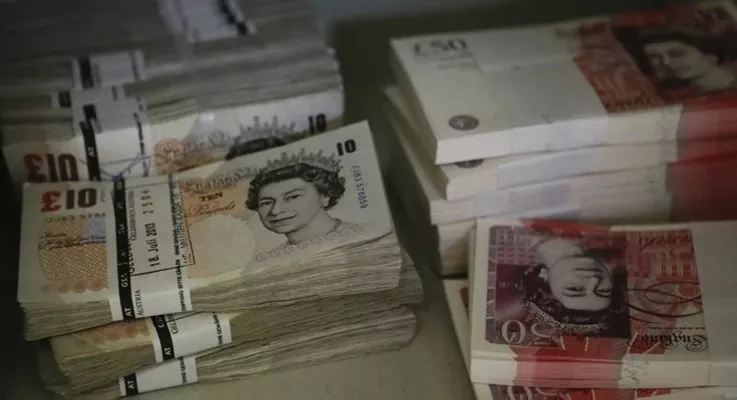Bank of America (BofA) analysts have raised concerns that the market may be underestimating the risks associated with upcoming US tariffs, set to take effect on April 2, 2025.
BofA notes that the European Union (EU) could face more significant challenges from these tariffs compared to the United Kingdom (UK). This is because the UK has a relatively small goods surplus with the US. While the market is expecting tariffs on selected products, widespread tariffs on all goods remain uncertain.
Despite the approaching tariff deadline, BofA’s proprietary data shows that hedge funds have recently started purchasing the euro (EUR), after previously selling it. This shift in market positioning suggests investors are preparing for the tariff changes.
The market’s stance on the US dollar (USD) and the British pound (GBP) remains neutral. However, there is a notable long position in the euro (EUR), which is not yet considered excessive. BofA’s quantitative analysis also points to a rise in the EUR/USD option skew for calls, indicating increased interest in the euro.
BofA further highlights a historical trend of positive seasonality for the GBP in April, driven by FTSE-listed companies repatriating overseas earnings to pay dividends. Although Brexit-related structural changes have reduced the impact of this seasonality since 2017, BofA expects the GBP to benefit from this trend, with potential gains against the euro.
As trading conditions in the UK return to normal, the GBP is expected to see further support. Bloomberg data reinforces this view, noting that April is the second most significant month for dividend announcements by UK companies.
Related Topics:


